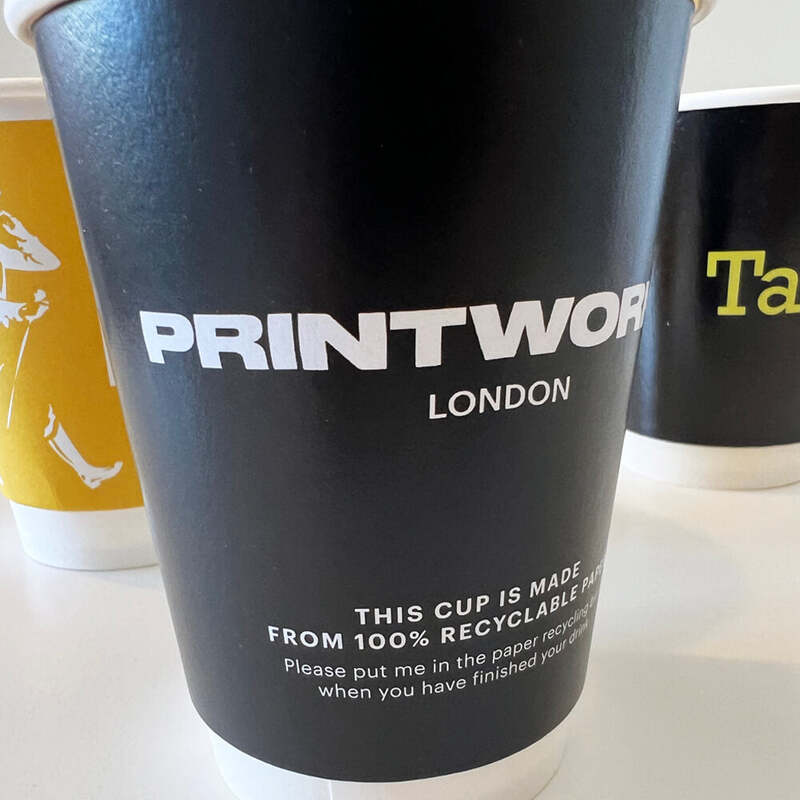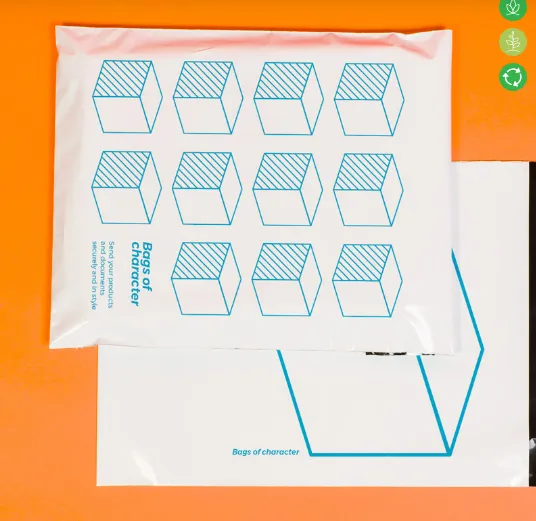feb . 16, 2025 04:18
In today's fast-paced world, the importance of proper food storage cannot be understated. Whether you're packing meals for work, preparing ingredients for a family gathering, or simply storing leftovers, the right food containers play a critical role in ensuring freshness, preventing contamination, and optimizing space. Navigating the vast array of options available can be daunting, so understanding the nuances of different food containers is crucial.

Food containers are crafted from a variety of materials, each offering unique benefits and considerations.
Glass containers stand out due to their purity and sustainability. Glass is non-porous and inert, meaning it doesn't absorb odors or flavors and is free from harmful chemicals such as BPA. Its versatility shines with its ability to transition seamlessly from fridge to microwave to dishwasher without degrading. Additionally, glass maintains clarity and scratches less easily than plastic, making it a durable choice for long-term use. However, those considering glass should be mindful of its weight and potential breakability.
Plastic containers, meanwhile, are celebrated for their lightness and durability. They are ideal for those on-the-go, as they are typically shatterproof and more forgiving of rough handling than glass. Not all plastics are created equal, though. Investing in high-quality, BPA-free plastic is essential for health safety and long-term durability. These containers are typically microwave and dishwasher safe, though users should verify manufacturer guidelines to prevent warping. An aspect often overlooked is the environmental impact—opt for brands that offer recycled or fully recyclable options to reduce plastic waste.

Silicone is emerging as a popular alternative, praised for its flexibility and non-toxic properties. It's an excellent choice for those seeking a lightweight, reusable option that can withstand both high and low temperatures. Silicone containers often come with collapsible designs, making them ideal for those with limited storage space. Just like glass, silicone does not retain odors or flavors, adding to its appeal.
The design of food containers also greatly influences their functionality. Containers that include tight-sealing lids are imperative for maintaining freshness and preventing leaks. Consumers should look for options featuring ergonomic seals or unique locking systems to optimize preservation. Modular container designs, which allow stacking and interlocking, effectively maximize storage space in both refrigerators and cabinets, optimizing organization.
food containers
Beyond material and design, the breadth of sizes offered by various food container brands authorizes customization for any need, from single servings to family-sized portions. Having a diverse set of sizes at your disposal ensures food is stored efficiently, reducing waste and improving meal planning strategies. Some modern containers come with measurement markings, adding a layer of convenience for portion control and recipe preparation.
Innovation in the realm of food storage has spawned containers with added functionalities like attachable cooling packs to keep food at safe temperatures when traveling, or integrated compartments for meal prepping enthusiasts. These small enhancements can transform the user experience, catering to specific lifestyle needs.
Expert recommendations suggest periodic replacement of containers to maintain hygiene and efficiency. Glass and silicone containers, when well-maintained, can have extended life spans compared to plastic, which tends to scratch or discolor over time. Routine checks for seal integrity are advised, especially for keepsake containers that undergo frequent use.
To ensure trust and reliability, always choose containers from reputable brands with positive user reviews and a proven track record in quality. Many brands now proclaim their commitment to eco-friendly practices—valuing these claims is not just good for the planet, but it often reflects a brand's dedication to overall excellence.
In conclusion, selecting the right food containers involves considering material, design, functionality, and the environmental impact. By understanding and prioritizing these aspects, users can make informed decisions that support not just effective food storage, but also promote a healthier lifestyle and more organized living. Investing in the right containers is an investment in the quality and safety of your meals, making it an essential consideration for every kitchen.





